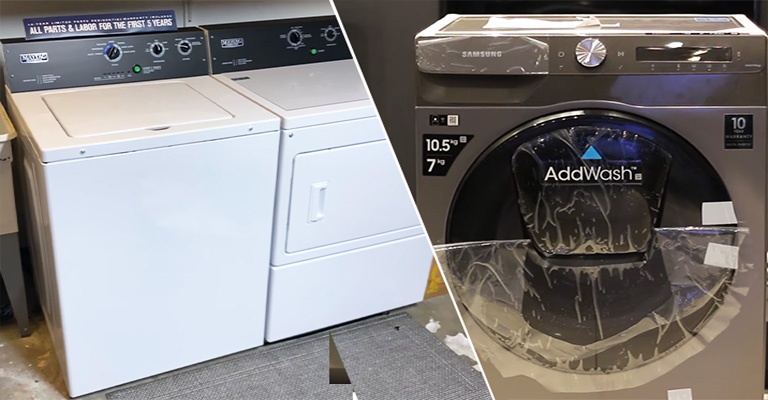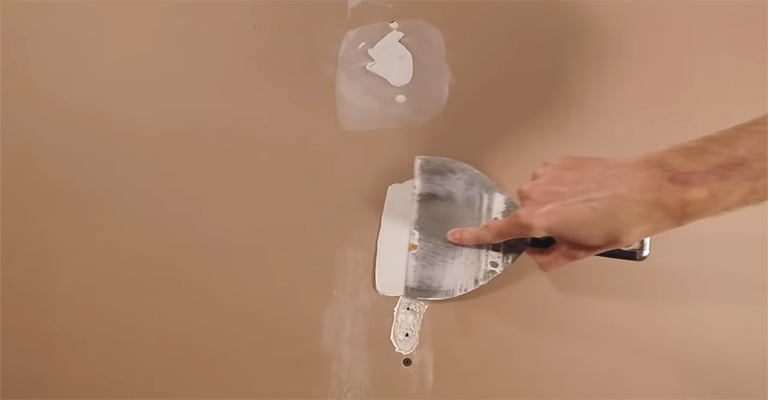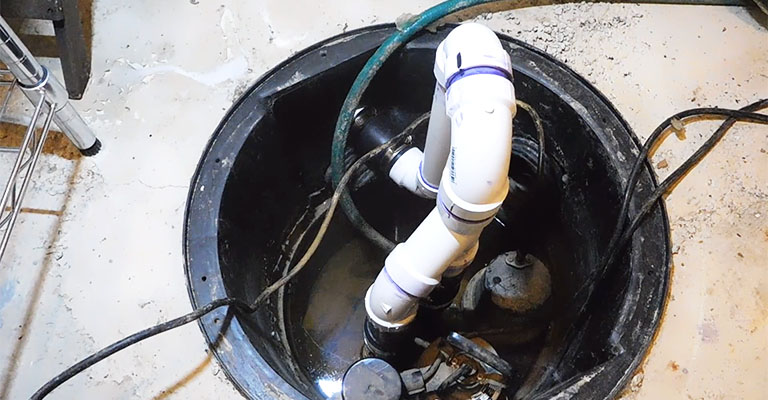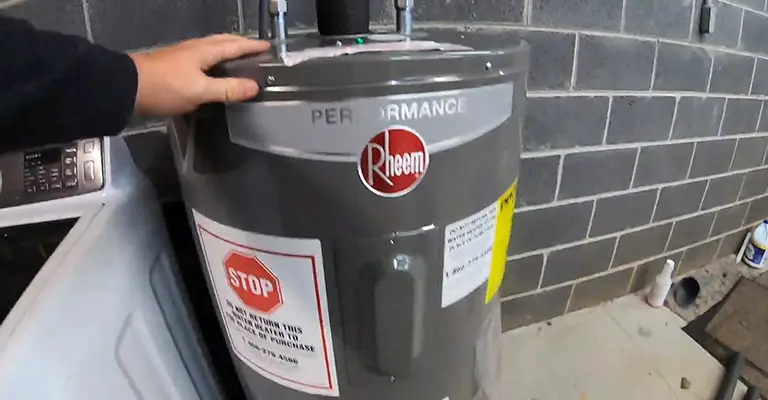Asbestos Siding: Key Facts and Safety Measures
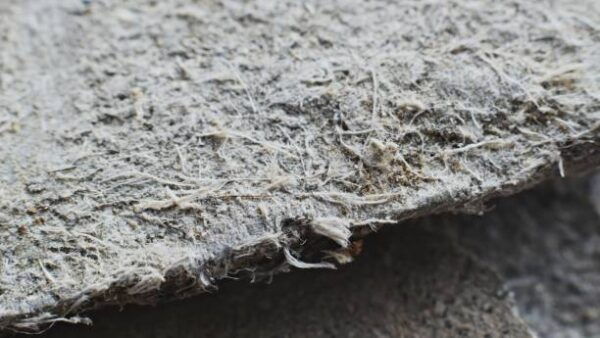
Asbestos siding is a term that immediately raises concerns due to its potential health hazards. Recognized for its fire-resistant properties, durability, and insulating capabilities, asbestos was once a popular choice in construction, including exterior siding. But with the identification of serious health risks, the perspective towards asbestos siding has drastically changed.
This article provides a comprehensive understanding of asbestos siding, its risks, and the proper handling procedures for homes with this material.
What is Asbestos Siding?
Asbestos Cement Siding
Asbestos siding is a type of home exterior created from asbestos-cement, introduced in the early 20th century. Thanks to its durability and resistance to fire and other environmental factors, it was a popular choice for homes and buildings up until the late 1970s. Asbestos fibers were mixed with Portland cement, creating a strong, versatile, and weather-resistant material ideal for siding.
Health Risks Associated with Asbestos Siding
Fiber Cement Siding
Although asbestos siding offers advantages, its potential health risks are too significant to ignore. When asbestos is intact and undisturbed, it generally poses little threat. However, once the material becomes damaged or starts deteriorating, microscopic asbestos fibers can release into the air. Inhaling these fibers can lead to serious respiratory illnesses such as asbestosis, lung cancer, and mesothelioma.
The U.S. Environmental Protection Agency (EPA) and the Occupational Safety and Health Administration (OSHA) have issued regulations to protect workers and the public from the hazards of asbestos.
How to Identify Asbestos Siding
Wood Grain and Siding Material
It can be challenging to identify asbestos siding due to its resemblance to traditional cement siding. Generally, asbestos siding shingles are thicker and have a distinct wavy pattern on the bottom edge. However, to be certain, professional asbestos testing is recommended.
If you suspect your home has asbestos siding, avoid any action that might disturb or damage it. Even simple activities such as drilling, sawing, or power-washing can release harmful fibers.
Safe Management of Asbestos Siding
Asbestos Siding Removal and Cement Shingles
While the presence of asbestos siding might seem alarming, the EPA suggests leaving it undisturbed if it’s in good condition. Here are few safety measures to take:
Regular inspection
Regularly inspect the asbestos siding for any signs of wear and tear or damage.
Professional consultation
If the siding is damaged, immediately seek advice from an asbestos abatement professional.
Controlled removal
In case removal is necessary, it should be performed by certified asbestos abatement professionals following strict safety guidelines.
Encapsulation
Another safe management strategy is encapsulation, where a new siding is installed over the existing asbestos siding, effectively sealing in any potentially harmful fibers.
The Importance of Professional Asbestos Management
Asbestos Removal and Building Materials
Regardless of the benefits asbestos siding may provide, it’s important to remember that this material must be handled with extreme care due to its hazardous nature. When dealing with asbestos siding, the safest approach is to employ trained professionals who specialize in asbestos testing, abatement, or encapsulation.
The complexity of dealing with asbestos siding necessitates the need for expertise. Professionals in the field are equipped with the proper tools and knowledge to safely handle asbestos without risking the release of harmful fibers into the atmosphere. They follow strict protocols and regulations to ensure the safety of your property and the environment.
Asbestos Siding and Property Value
Asbestos Materials and Asbestos Exposure
The presence of asbestos siding can potentially impact your property’s value. Potential buyers might be deterred by the additional cost and potential health hazards associated with asbestos. Therefore, it’s beneficial to consult with a real estate expert to understand your property’s worth in its current condition and after possible asbestos abatement.
Disposal of Asbestos Siding
Asbestos Material and Asbestos Shingles
If removal is the chosen course of action, it’s crucial to follow proper disposal procedures. Asbestos waste should not be placed in regular trash bins. Many areas have specific regulations about where and how to dispose of asbestos waste. Trained professionals will have the knowledge and resources to properly dispose of the material following local and federal guidelines.
Conclusion
Asbestos siding represents a legacy from a less-informed era about the hazards of asbestos. If your home has this type of siding, don’t panic, but do be proactive. Regular inspections and maintenance, coupled with professional consultation when necessary, will ensure your home remains a safe environment.
Asbestos-containing materials, such as asbestos siding, present unique challenges, especially when they are part of older homes. The durability and longevity of these materials often mean they are still in place decades after their installation.
Old asbestos shingles, in particular, can be a source of potential exposure to asbestos fibers if not properly managed. Although the material itself is not harmful when in good condition, any degradation or disturbance can result in the release of these hazardous fibers.
The understanding of asbestos siding’s risks has led to safer alternatives in the construction industry today. Nonetheless, older homes with this siding type remain, requiring diligent management to mitigate potential health threats.
While managing asbestos siding may seem daunting, with the right knowledge and professional support, it can be safely handled. It’s vital to remember that the risk arises only when the asbestos is disturbed, releasing harmful fibers into the air. Being informed and vigilant is the key to living safely with asbestos siding.
This article serves as a starting point for homeowners dealing with asbestos siding. However, for any concerns or actions involving asbestos, always seek advice from a certified professional. The health and safety of your home and family should always be the top priority.

